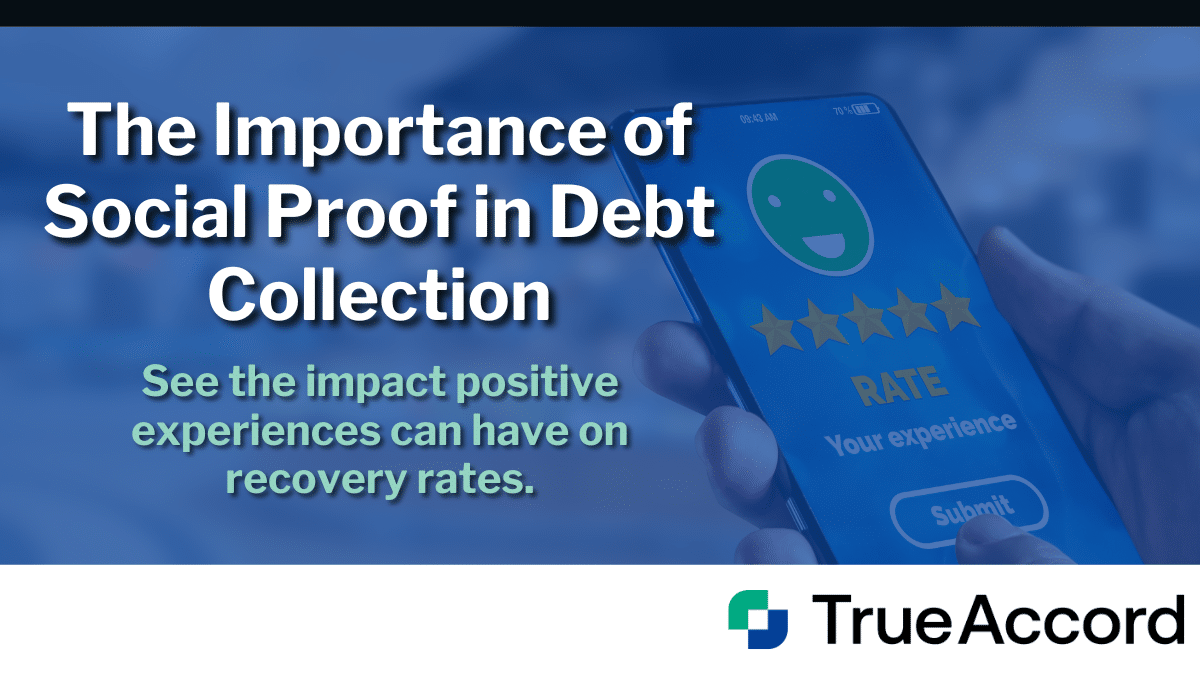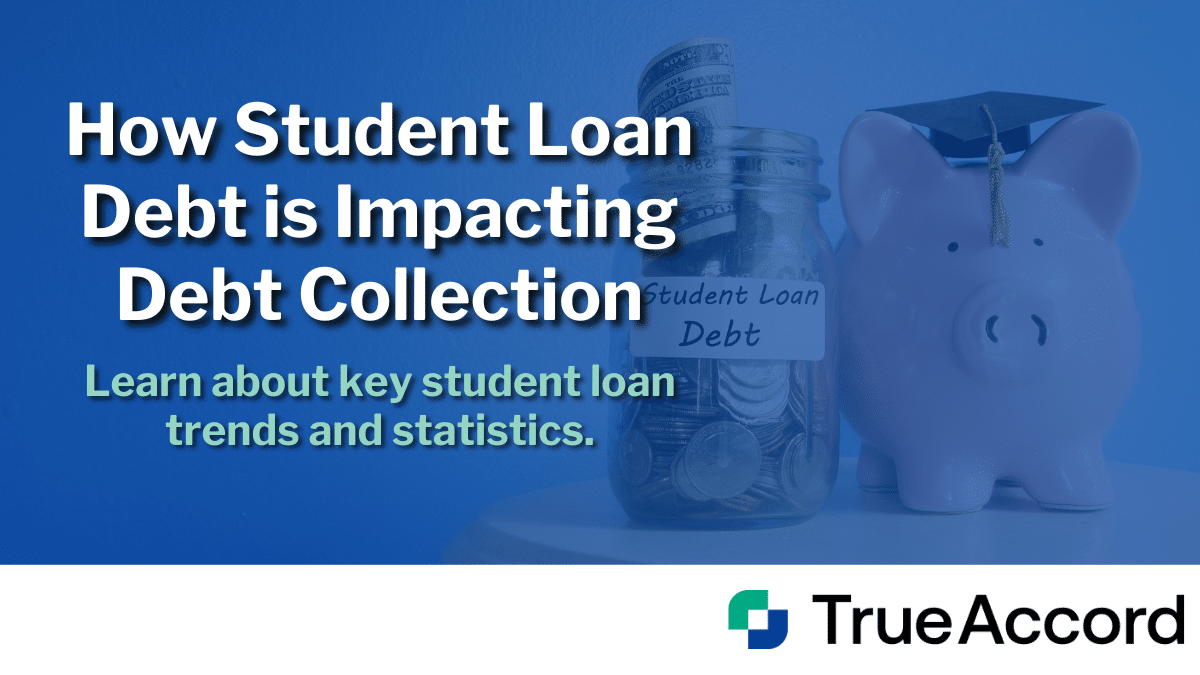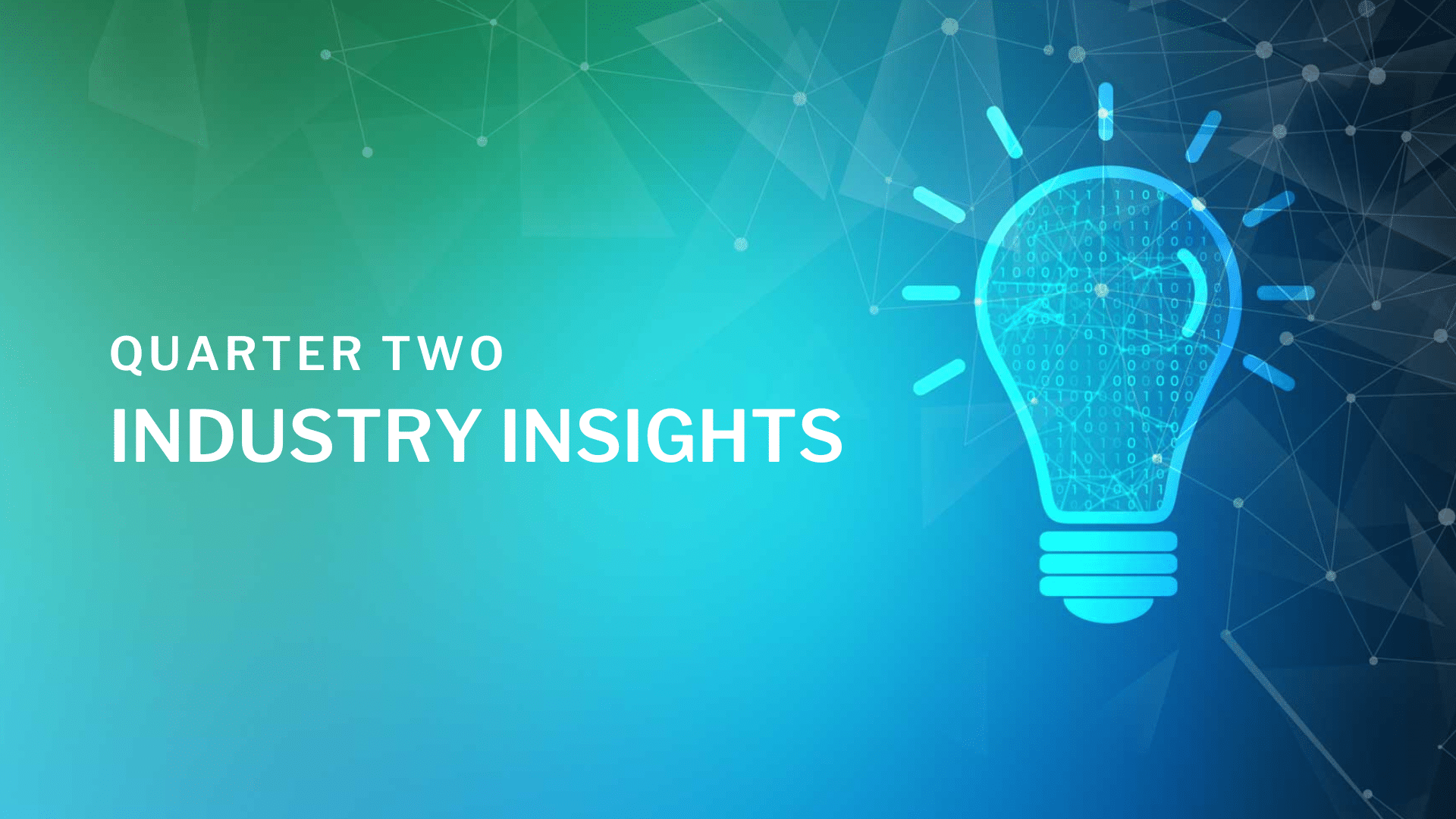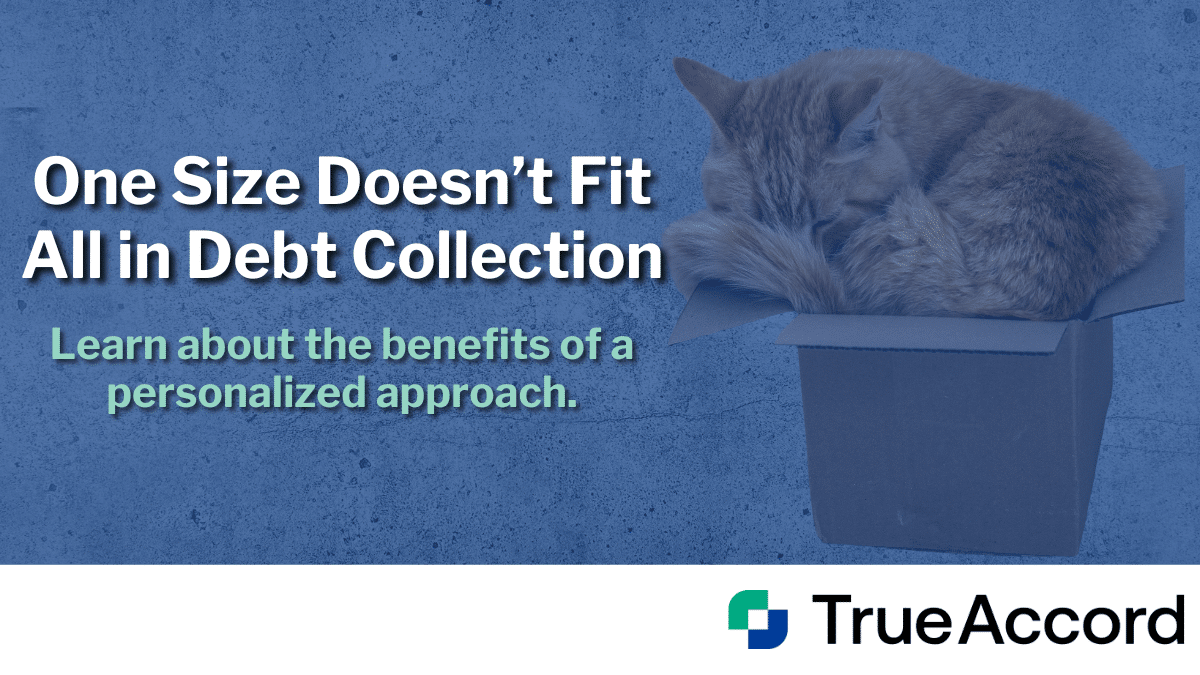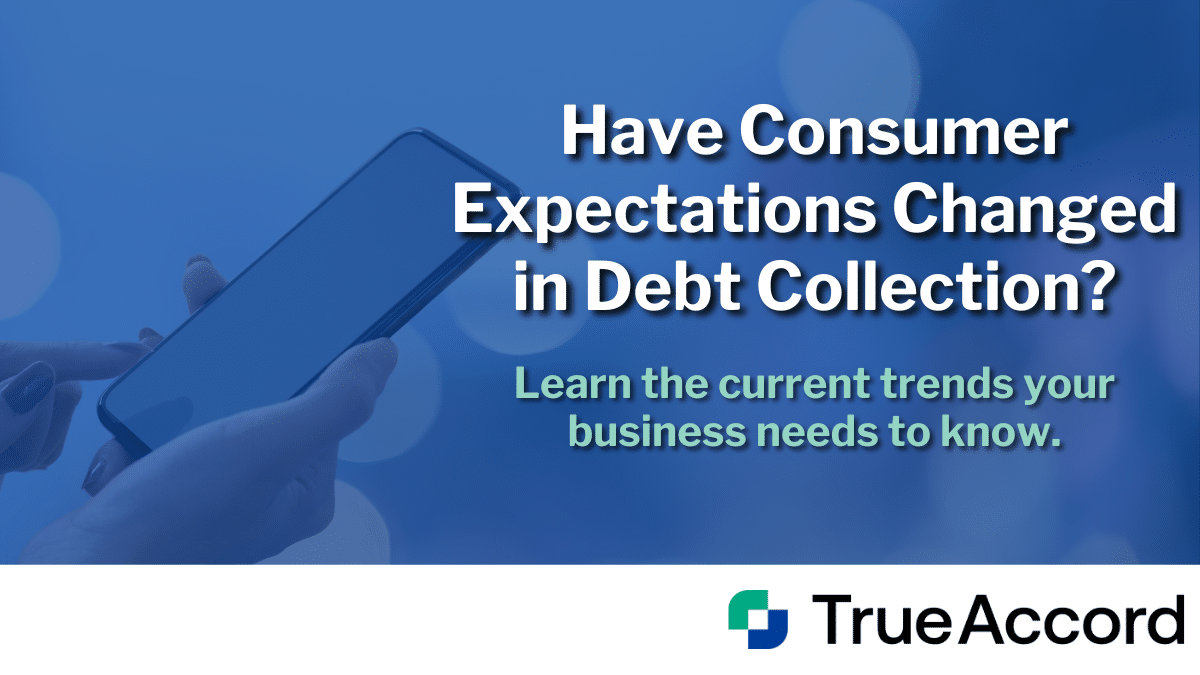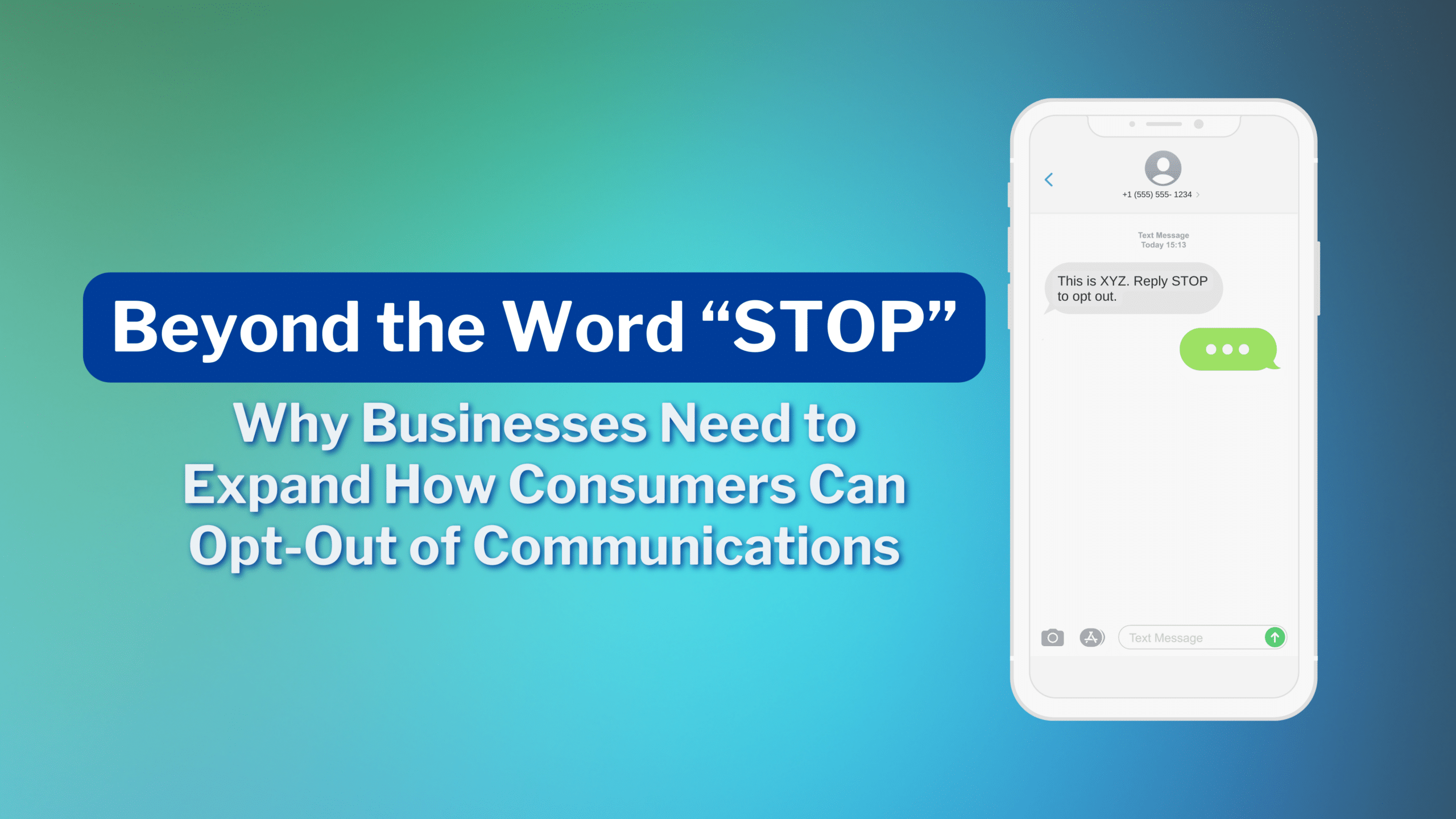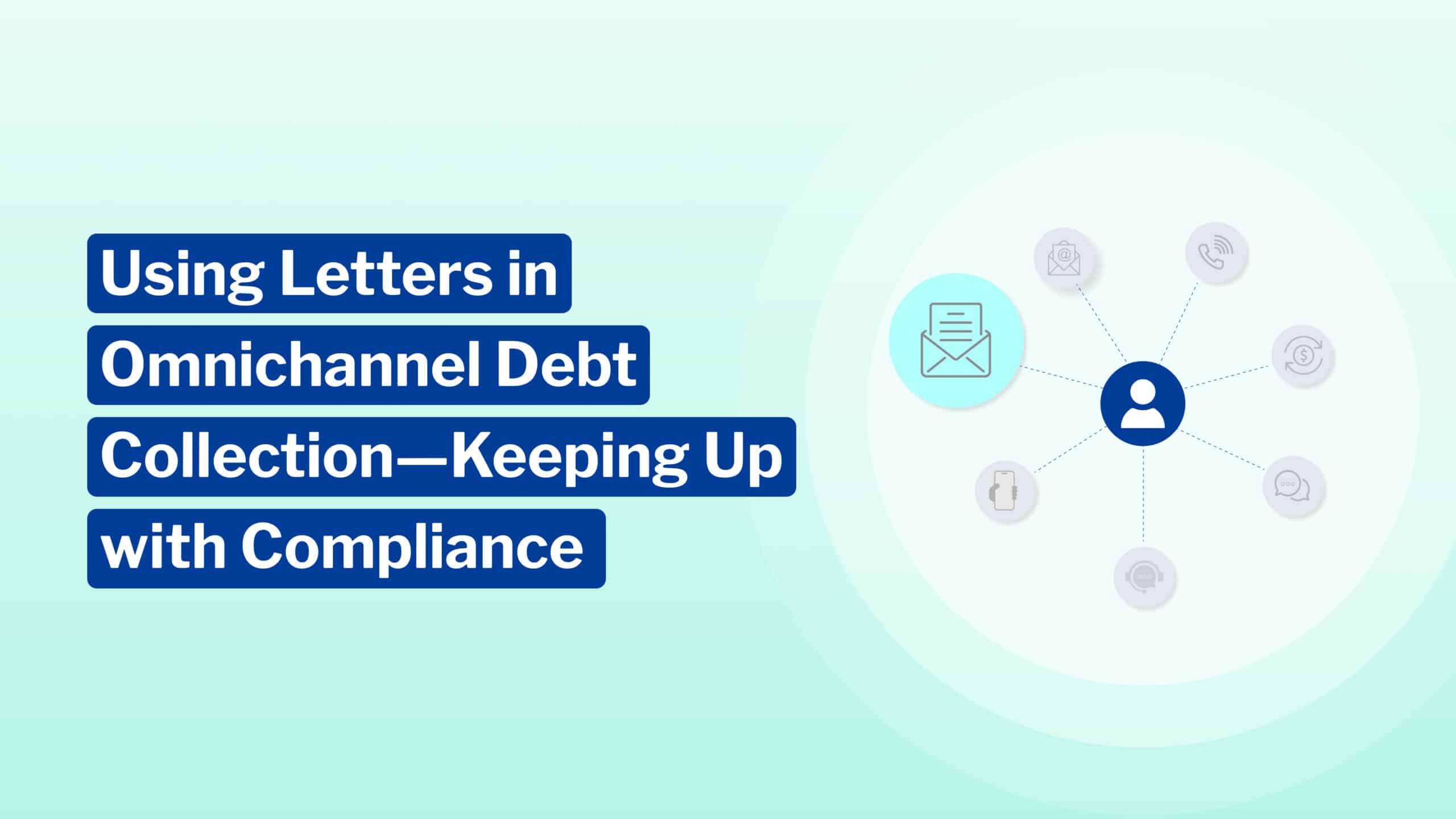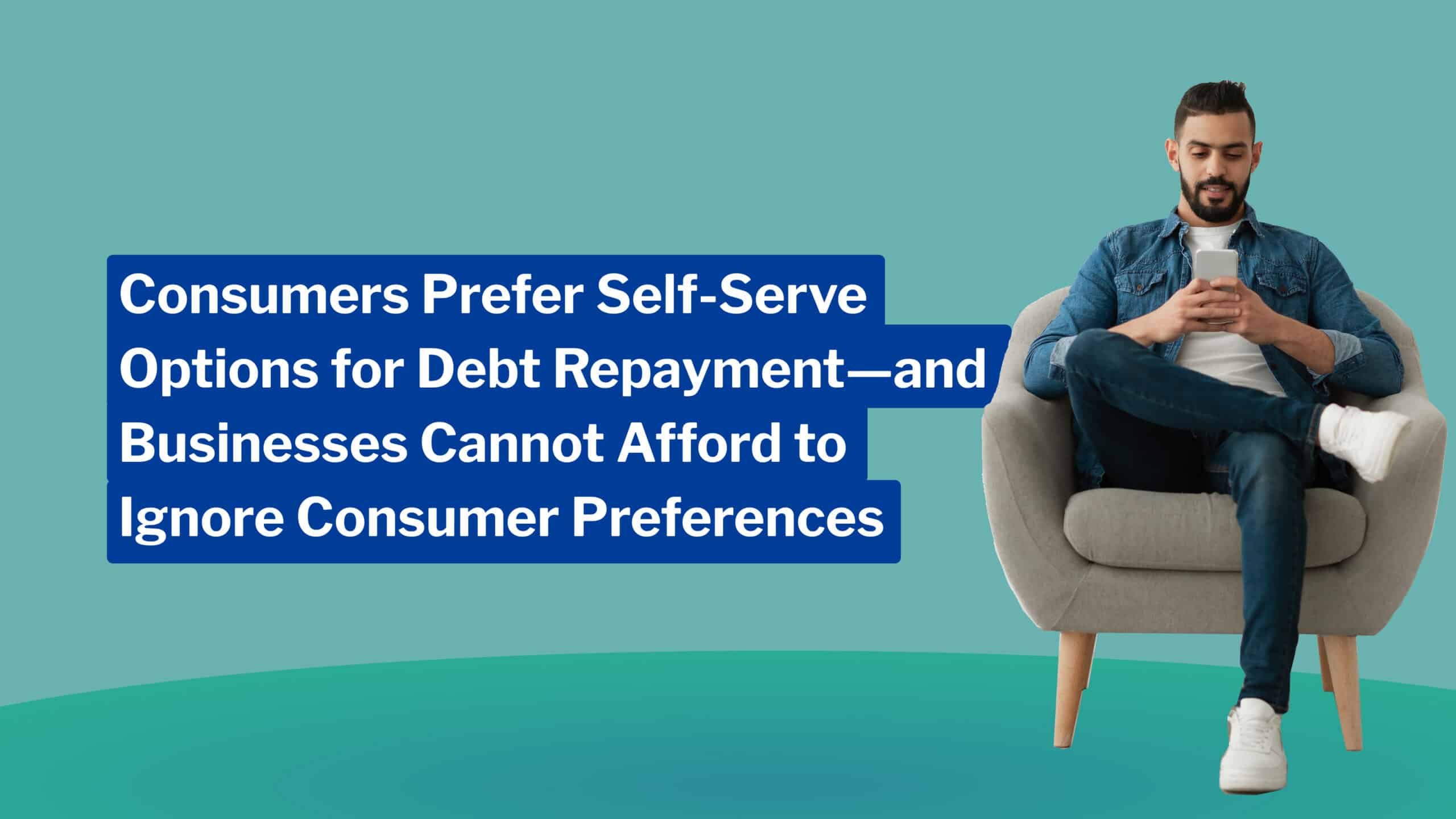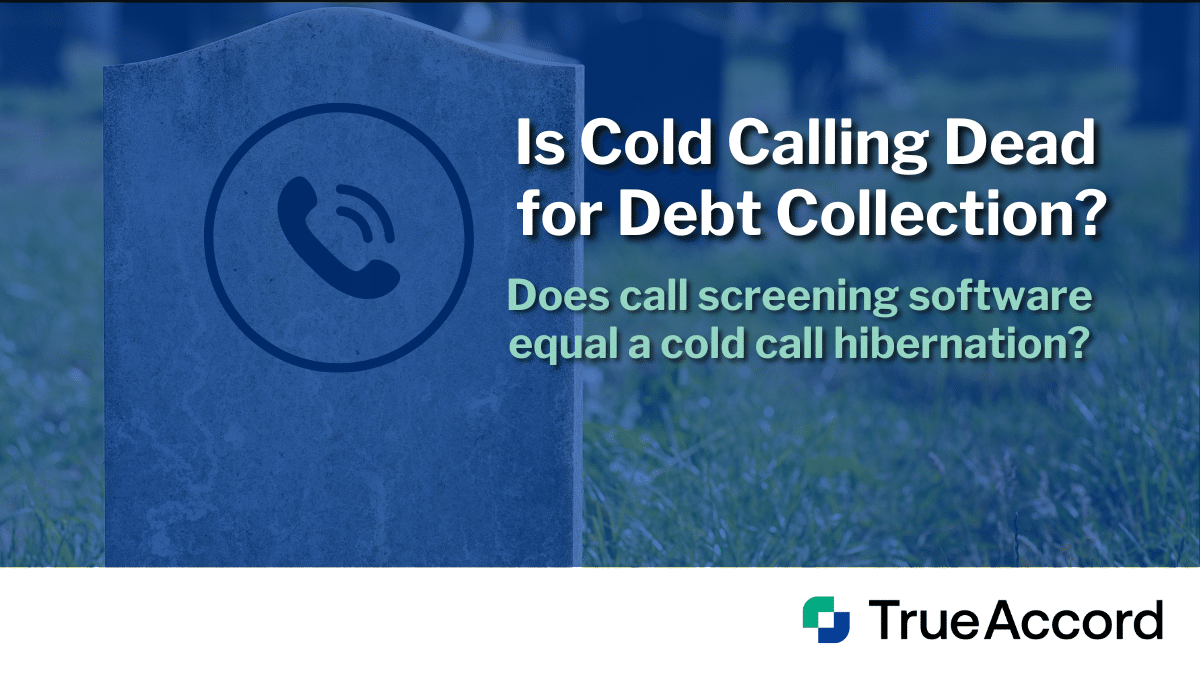
As a strategy, cold calling for debt collection has plenty of roadblocks like caller ID, spam filters and number lookups that make success difficult. Many experts in the industry are wondering if cold calling is about to enter an ice age because of a feature in Apple’s new IOS 26 update. It’s estimated that there are 130 million iPhones in the US, and many of them are about to have advanced call screening software.
What does this mean for the debt collection industry? How does this new update work and put more power back with consumers? Join us as we break down this newest barrier to cold calling and what it could mean for businesses looking to maintain or improve their collections.
How Does Apple IOS 26 Affect Cold Calling?
Before we dive into the industry impact, let’s take a minute to explain how Apple’s IOS 26 update affects cold calling strategies. This software update is giving iPhones 11 and newer call screening software as part of Apple’s push for higher consumer privacy.
When a consumer receives a cold call, the caller will be prompted to say their name and reason for contacting them. The consumer will see a transcript of the caller’s response on their phone screen. From there, the consumer has the option to accept or ignore the call. By default, iPhones will screen phone calls from unknown and unsaved numbers. The goal of the feature is to protect more iPhone users from scam and unwanted sales calls that have seen a dramatic rise in the last few years.
Is Cold Calling Really Dead in Collections?
Is cold calling for debt collection really dead? The answer depends on who you ask. Experts in the industry are split into two camps:
- Cold Calling is Dead for Bad Calls: Many businesses and experts in the debt collection industry say that the strategy is only dead if it’s not targeted, informed by data and/or compliant. In their view, this update is the death of “bad” cold calling. The new iPhone screening process is also seen as an opportunity for collectors to refine their elevator pitch for more effective cold calls.
- Cold Calling is Dead For Good: Others in the industry pose that since so many more consumers now have access to easy call screening, cold calling is no longer viable. They predict that this will be the catalyst for the vast majority of collection strategies moving to digital communications.
To answer the original question, it’s unlikely that cold calling will go away entirely. There will be instances where a cold call is the best chance at reaching certain consumers. Even though it’s not the majority, some people still prefer to be contacted by phone. Cold calling won’t be wiped out completely, but collectors need to consider shifting to an omnichannel approach for effective debt collection.
Why Cold Calling for Debt Collection Is Seeing a Downturn
Cold calling isn’t dead, but it’s no longer the most effective collection strategy available. There are three core factors that are contributing to the decline of cold calls:
- Consumer Privacy Movement: Consumers want more privacy than ever before. The rise in scams and algorithm data gathering are just some of the factors contributing to this movement. Phone calls are perceived as one of the most personal communication channels, and a cold call often feels like an invasion of privacy.
- Strict Regulations: Over the last few years, the regulations around outbound calls for debt collection have gotten more strict. For example, Regulation F’s 7 in 7 rule prohibits collectors from calling more than seven times in a 7 consecutive day period. It’s increasingly complicated to compliantly cold call customers, and code-based compliance available with digital communications offers less risk for businesses.
- Shifts in Communication Preferences: Most consumers want to be reached through their preferred channels. And 59.5% of consumers prefer email to be the first channel a business uses to contact them. If you contact a consumer through their preferred channel, it can lead to a 10% increase in payments. Consumer communication preferences have already gone digital, and traditional options like phone calls become less popular each year.
Cold Calling Can Live On in Omnichannel Strategies
Cold calling for debt collection is going to live on, but the strategy needs to evolve and become part of an omnichannel approach. Introducing digital communication channels to your collection strategy helps you engage customers with the right message, at the right time and through the right channel.
An omnichannel approach gives your collections efforts the ability to service more of your customer portfolio and easily scale if more accounts are added. It’s a more streamlined method compared to using segmentation or propensity to pay models in outbound calling that limit the number of people you’re able to reach at one time.
Many debt collectors are also shifting to integrate payment portals into their collections strategy. A payment portal gives consumers the ability to schedule payments at their own convenience, which helps improve repayment rates. It also streamlines operations and reduces compliance concerns since agents no longer have to call-to-collect.
Personalize Your Collections Strategy with an Omnichannel Approach
The process of shifting your collections strategy to an omnichannel approach doesn’t have to be a challenge. TrueAccord’s digital first approach to debt collection can efficiently and compliantly scale to any volume of delinquent or defaulted accounts. Are you ready to maximize your collection results with a digital first approach?
Contact our team today and schedule your consultation. Together, we can build a personalized experience that leads to better collection results.
